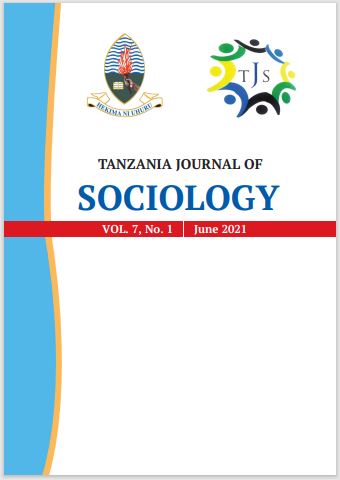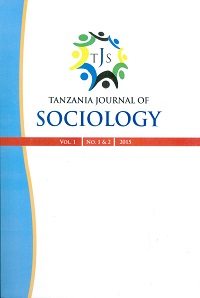Environmental Factors Associated with Re-Emergency of Cholera in Tanzania using Poisson Regression Models
Abstract
In Tanzania, periodical re-emergence of cholera has been influenced by different risk factors. Specifically, the study aimed at examining risk factors associated with the number of cholera cases and determining the best model. The risk factors were examined using Poisson regression (PR) and the Geographically Weighted Poisson regression (GWPR) models. The best model was determined using the Akaike Information criterion (AIC) and Bayesian Information criterion (BIC) values. The results showed that, AIC and BIC values of GWPR model were 456.2 and 484.6, respectively; and for the PR model were 1323.5 and 13239.8, respectively. This implies that GWPR model was better for assessing risk factors of cholera cases compared to PR model since it has small AIC and BIC values. The results of the GWPR model showed that, accessing improved water source (M=-0.003), practicing hand-washing (M=- 0.371) and open defecation (M=-0.169) have inverse relationship with the number of cholera cases. Accessing improved sanitation facility (M=0.156) in the household has shown a positive relationship with the number of cholera cases. The unexpected observed relationship between practicing open defecation and accessing improved sanitation facility with the number of cholera incidents could probably be due to the fact that, application of a single measure may not be enough measure of controlling cholera in a household. However, risk factors found to have significant association with the number of cholera cases vary across regions. It is concluded that the GWPR model was the better model for the purpose. Therefore, measures taken to control and prevent cholera disease should be based on the variations of the risk factors found in the regions.
Keywords: Cholera, Poisson Regression, Geographically weighted Poisson Regression, Tanzania



